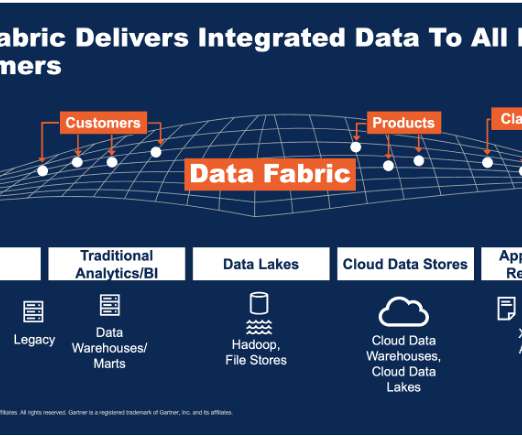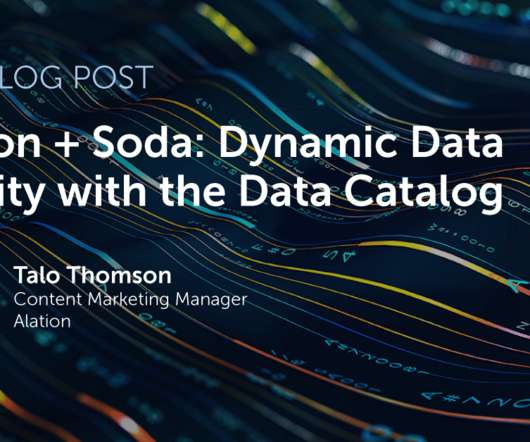Solving Three Data Problems with Data Observability
Dataversity
APRIL 25, 2022
If data processes are not at peak performance and efficiency, businesses are just collecting massive stores of data for no reason. Data without insight is useless, and the energy spent collecting it, is wasted. The post Solving Three Data Problems with Data Observability appeared first on DATAVERSITY.














Let's personalize your content